Lithium Phosphorus Sulfide Sputtering Target Description
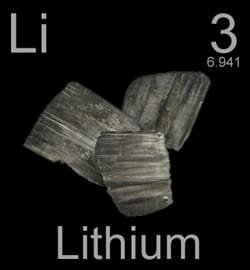 The Lithium Phosphorus Sulfide Sputtering Target is a silver-colored material composed of lithium (Li), phosphorus (P), and sulfur (S). This conductive ceramic solid electrolyte is commonly used in lithium-ion batteries, playing a critical role in their performance and efficiency.
The Lithium Phosphorus Sulfide Sputtering Target is a silver-colored material composed of lithium (Li), phosphorus (P), and sulfur (S). This conductive ceramic solid electrolyte is commonly used in lithium-ion batteries, playing a critical role in their performance and efficiency.
Lithium, a chemical element named after the Greek word *lithos*, meaning “stone,” was first identified in 1817 by the Swedish chemist Johan August Arfwedson. Its isolation was later achieved and announced by the British chemist William Thomas Brande. Represented by the symbol “Li,” lithium has an atomic number of 3 and is located in Period 2 and Group 1 of the periodic table, within the s-block. Its relative atomic mass is 6.941(2) Dalton, with the number in parentheses indicating the uncertainty in its measurement.
Related: Lithium Sputtering Target
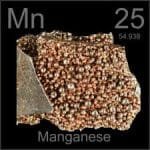 Manganese, a chemical element named either after the Latin word *magnes* (meaning magnet) or from the black magnesium oxide *magnesia nigra*, was first identified in 1770 by the Swedish chemist Carl Wilhelm Scheele. Its isolation was later achieved and announced by the German chemist Johann Gottlieb Gahn. Represented by the symbol “Mn,” manganese has an atomic number of 25 and is located in Period 4 and Group 7 of the periodic table, within the d-block. Its relative atomic mass is 54.938045(5) Dalton, with the number in parentheses indicating the measurement uncertainty.
Manganese, a chemical element named either after the Latin word *magnes* (meaning magnet) or from the black magnesium oxide *magnesia nigra*, was first identified in 1770 by the Swedish chemist Carl Wilhelm Scheele. Its isolation was later achieved and announced by the German chemist Johann Gottlieb Gahn. Represented by the symbol “Mn,” manganese has an atomic number of 25 and is located in Period 4 and Group 7 of the periodic table, within the d-block. Its relative atomic mass is 54.938045(5) Dalton, with the number in parentheses indicating the measurement uncertainty.
Related: Manganese Sputtering Target
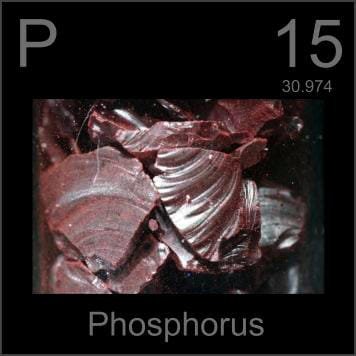 Phosphorus, a chemical element named after the Greek word *phosphoros*, meaning “bringer of light,” was first discovered in 1669 by the German chemist Hennig Brand. The isolation of phosphorus was also accomplished and announced by Brand. Represented by the symbol “P,” phosphorus has an atomic number of 15 and is located in Period 3 and Group 15 of the periodic table, within the p-block. Its relative atomic mass is 30.973762(2) Dalton, with the number in parentheses indicating the uncertainty in its measurement.
Phosphorus, a chemical element named after the Greek word *phosphoros*, meaning “bringer of light,” was first discovered in 1669 by the German chemist Hennig Brand. The isolation of phosphorus was also accomplished and announced by Brand. Represented by the symbol “P,” phosphorus has an atomic number of 15 and is located in Period 3 and Group 15 of the periodic table, within the p-block. Its relative atomic mass is 30.973762(2) Dalton, with the number in parentheses indicating the uncertainty in its measurement.

Sulfur, also spelled sulphur, is a chemical element whose name may derive from the Sanskrit *sulvere* or the Latin *sulfurium*, both referring to sulfur. It has been used since ancient times, with its discovery attributed to early civilizations in China and India before 2000 BC. Represented by the symbol “S,” sulfur has an atomic number of 16 and is located in Period 3 and Group 16 of the periodic table, within the p-block. Its relative atomic mass is 32.065(5) Dalton, with the number in parentheses indicating the uncertainty in its measurement.
Lithium Phosphorus Sulfide Sputtering Target Specification
| Material Type | Lithium Phosphorus Sulfide |
| Symbol | Li3PS4 |
| Color/Appearance | Silver Solid |
| Solubility in H2O | Reacts violently |
| Available Sizes | Dia.: 2.0″, 3.0″, 4.0″, 5.0″, 6.0″ Thick: 0.125″, 0.250″ |
Lithium Phosphorus Sulfide Sputtering Target Packing
Our Lithium Phosphorus Sulfide Sputtering Targets are meticulously tagged and labeled on the exterior to ensure efficient identification and rigorous quality control. We take every precaution to prevent damage during storage and transportation, preserving the integrity of the targets.


 MSDS File
MSDS File
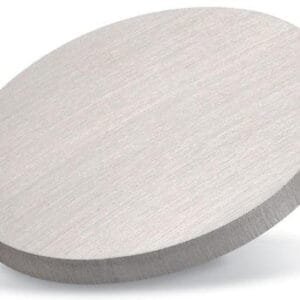
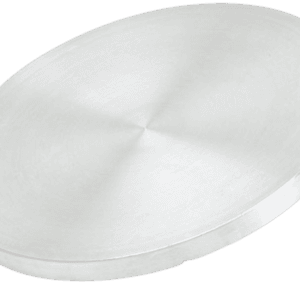
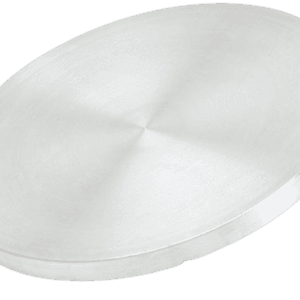
Reviews
There are no reviews yet.